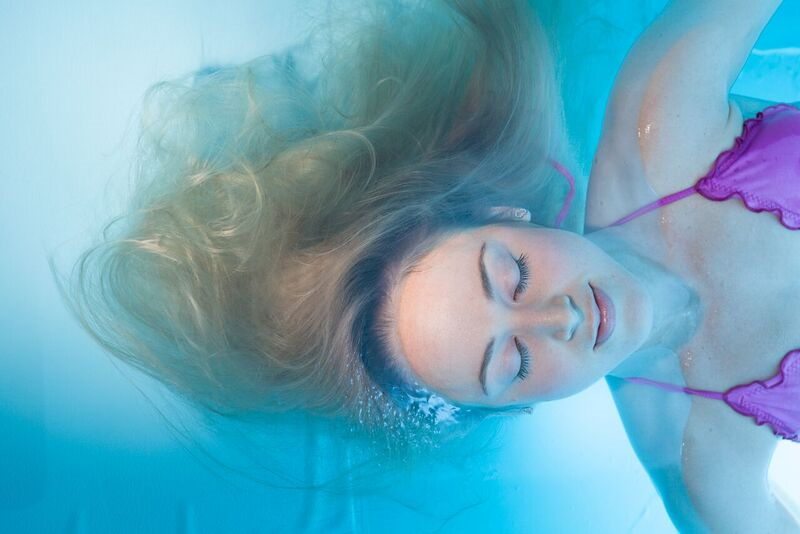After walking two blocks from Float House in Gastown, where I had spent the past 90 minutes in a sensory deprivation tank — to my car, I notice their plastic sandals still on my feet. On my way home I perform two random acts of kindness and don’t fly into road rage when a driver cuts me off. Instead I feel calm. This type of behaviour is totally out of character, but I like it.
In a space not much bigger than a coffin you float on 900-pounds of Epsom salts dissolved in ten inches of water. Once the lid is closed (optional) you can’t see, smell or hear anything.
“The float tank is designed to reduce as much stimuli as possible,” says Mike Zaremba, co-owner of the Float House franchise, which includes facilities in Gastown and Kitsilano. “And the water is your skin temperature (34-C), which gives you a harder time recognizing the parameters of your body.”
The concept is that all your senses get a break from outside stimulation, your awareness is directed inward and your brain stops nattering, like practicing meditation or some forms of yoga.
Float therapy has been around since 1954, when a neuroscientist developed the first tank. The floatation business soared after the movie Altered States hit the box office in 1980 (William Hurt’s character combines his experiments in sensory deprivation tanks with hallucinatory drugs, resulting in altered states of consciousness) but plunged during the AIDS crisis and public health fears. In 2012, it went mainstream — in an episode of the Simpsons, Lisa has a mystical experience while floating and Homer wants to pee in the tank.

Today, it’s having resurgence and, per capita, Vancouver has become Float Capital of the world. (The city boasts 14 tanks with more on the way.) Zaremba, who has a masters in kinesiology from the University of B.C., believes its popularity is due partly because people want less stimulation and to feel more connection within themselves. Athletes also float. Olympians and NFL players alike claim floating helps their bodies recover faster and enhances their performance. It’s also used to treat anxiety, depression and addiction issues. People with chronic pain, fibromyalgia and arthritis are also proponents.
After taking a quick orientation, I’m escorted to my private room, take a shower and slip into the tank. I leave the hatch door open for a minute and then close it to silence and darkness. That’s when my brain goes into high gear — how can I stay here for more than a few minutes? This is for hippies not for me. What time is it? What am I supposed to do with my arms and legs? Am I breathing too loud? What if they forget me? And then, maybe 20 minutes later it hits me. Or rather, it stops me. My breathing is slower, my shoulders drop and my tension headache is gone. I feel content. Ninety minutes later soft music is the cue that time is up — already?
Zaremba says my first-timer reaction is normal.
“Of course it takes some people longer than others to relax — it’s a learning curve with an accumulation effect,” he explains, adding proponents should float once a week for six weeks to get “beyond analyzing.”
Even self-diagnosed claustrophobics come here to get over the fear. But what if you don’t get over or beyond your fears? The Float House introductory package guarantees your money back if after three floats you get nothing out of it. According to Zaremba, so far, no one has asked for their money back.
Wearing a T-shirt emblazoned with the words, “What’s your Intention?” Zaremba’s advises you bring an intention into the tank, such as a need to connect with yourself, to contemplate an issue or to brainstorm a creative idea. Some partners float at the same time. I saw a mother and son leave the Float House in Gastown.
“Anything worth doing takes fortitude,” says Zaremba. “We look at floating as a practice, so you can learn what floats your boat.”



